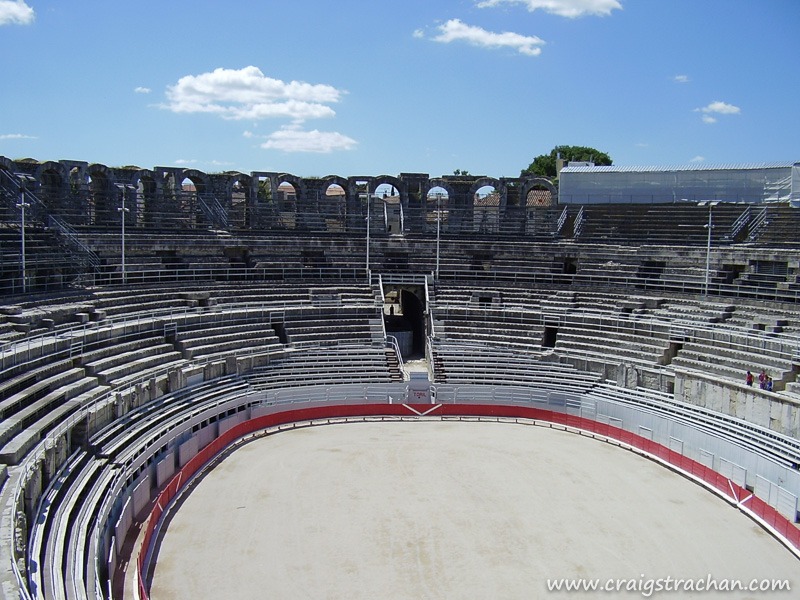
Today, we drove to the Provincial town of Arles. Arles is very similar to Orange, in that it also has many Roman runes. Our main stop was Les Arenes (The Arena). This Roman amphitheatre is oval in structure, with many rows of tiered seating. Built in the first or second century AD, it holds about 20000 spectators. It was originally built to host chariot races and fights often with wild animals, slaves and gladiators pitted against each other. The fights were very often until one or the other dies.
The amphitheatre is still used today for bull fighting, although the aim now is to capture the ribbon ties to the bull’s horns, and not to kill the bull. If you climb to the top of the theatre, you can see a fantastic view past the town and across the Rhone (be careful – the stairs are very steep).
The artist, van Gogh lived in Arles for a few years, in particular he spent time there in hospital when he was suffering from depression (this is where he cut his ear off). There are exhibitions and museums dedicated to him.
Arles is at the edge of the Camargue, the large delta of the Rhone, a large area of nature reserve. There are huge areas of wetlands, covered on pink flamingo’s. It is very reminiscent of the Langebaan Lagoon wetlands, but on a larger scale.
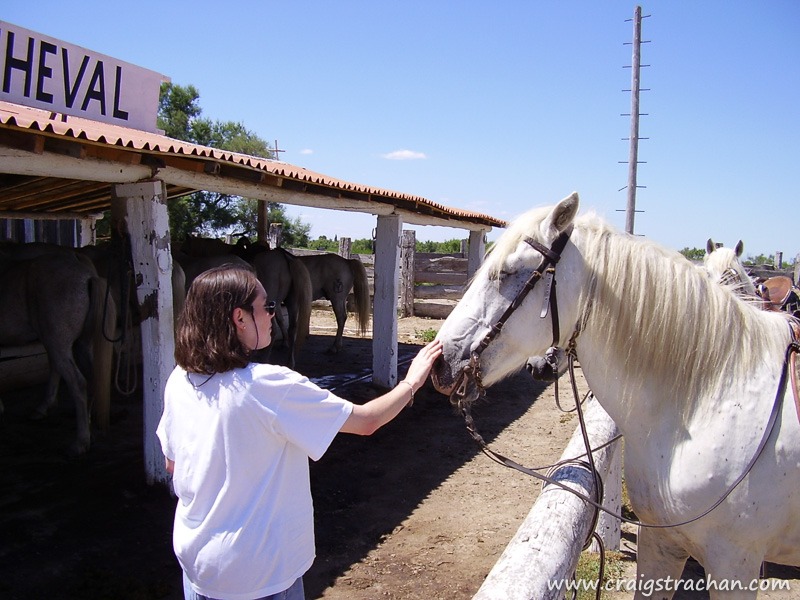
The Camargue is also the home of the famous Camargue horses, small horses slightly larger than ponies. If you drive down the reserve, you will find many horse farms, offering horse riding per hour or per day. Although we didn’t manage to go riding, it is definitely on the agenda for our next trip.
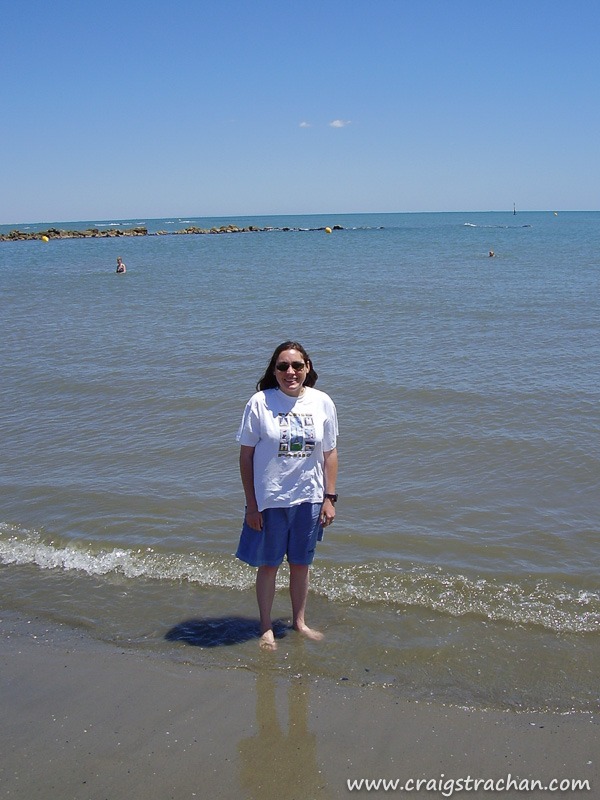
The main road through the Camargue terminates in the sea-side town of Stes-Maries de la Mer. This little town is populated by many restaurants and shops selling bright umbrella’s, children’s buckets and spade and inflatable rafts. It was the first time we had seen the Mediterranean sea, so we had to put our feet in the water. The water was lovely and warm, however the sand was very silty and fine, much finer that the beaches in Cape Town.
We would love to have spent the day on the beach; however we had a long drive back to Avignon. (We did have time to have a drink on one of the many sea-front café’s!)
Next time we are in the Camargue, we will spend a night or two at Stes-Maries, and make sure to spend at least one afternoon horse riding.
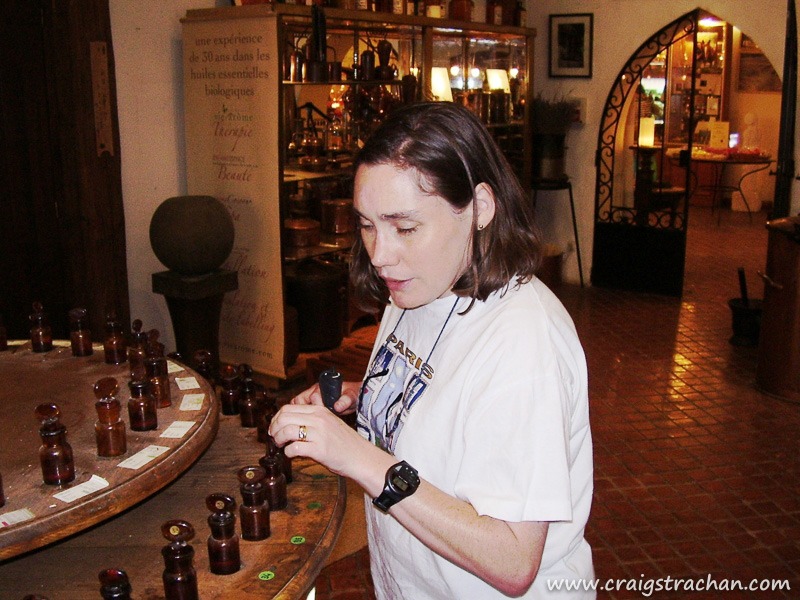
On the way back, we chanced upon the Perfume Museum, where we spend some time learning the history of perfume, and we able to smell about 50 different essential oils.
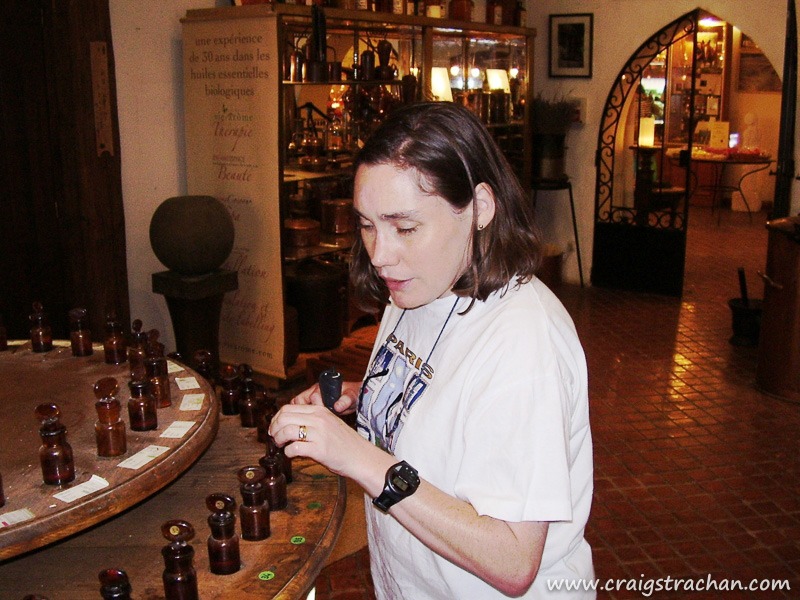













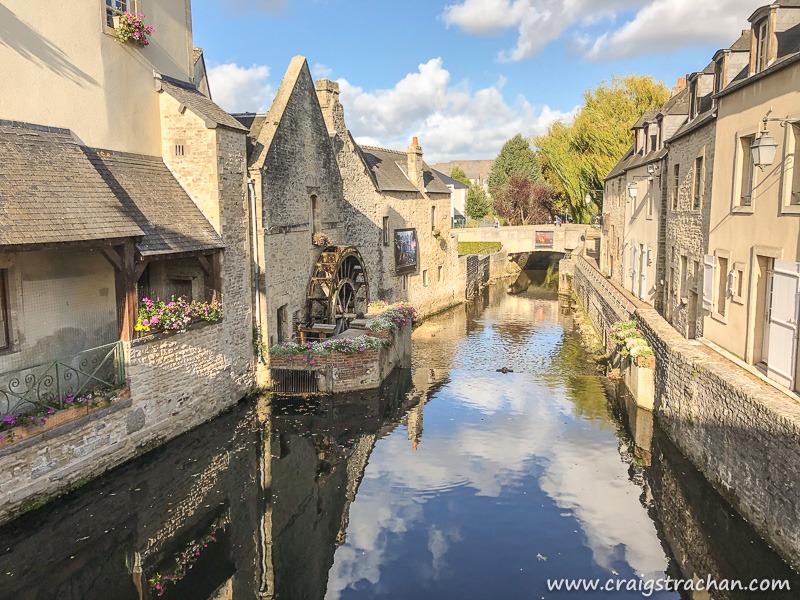
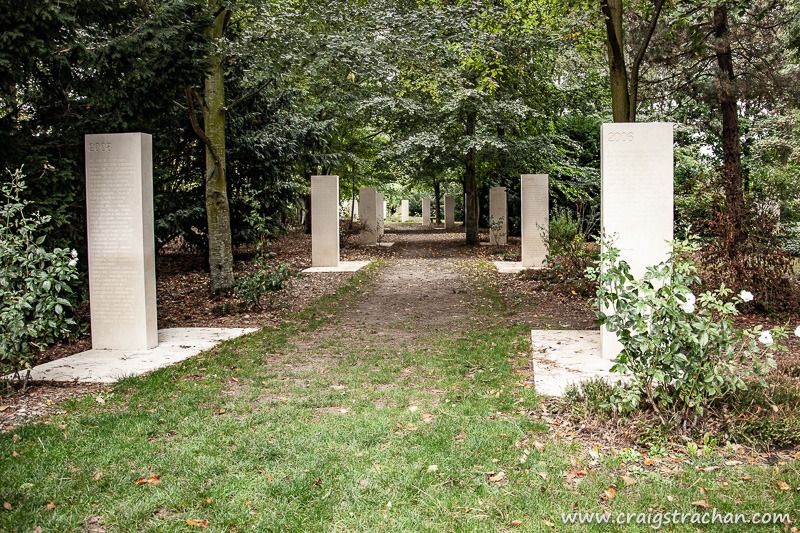

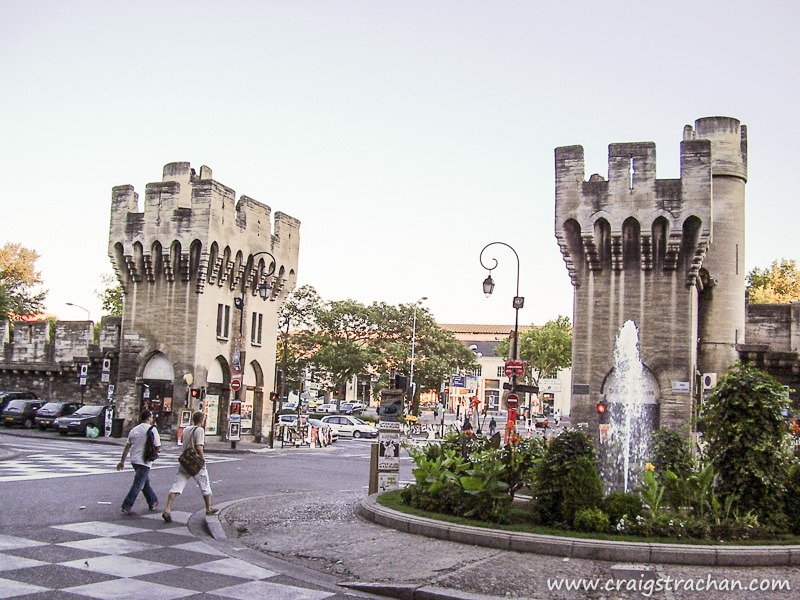


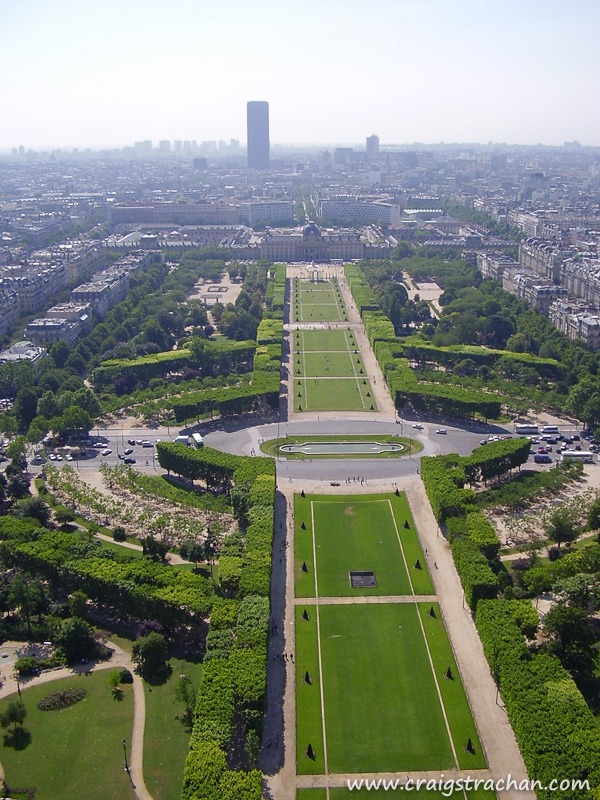
 The Pont d’Avignon (Pont St-Bénezet), built between 1171 and 1185, is a famous medieval bridge in Avignon. It originally crossed the Rhone between Avignon and Villeneuve-les-Avignon. The original span is 900m, however over the years it suffered much damage due to floods. In 1668 it was finally abandoned, and now only four of the original 22 arches remain. You can still walk to the end of the bridge, where it dramatically stops in the middle of the river.
The Pont d’Avignon (Pont St-Bénezet), built between 1171 and 1185, is a famous medieval bridge in Avignon. It originally crossed the Rhone between Avignon and Villeneuve-les-Avignon. The original span is 900m, however over the years it suffered much damage due to floods. In 1668 it was finally abandoned, and now only four of the original 22 arches remain. You can still walk to the end of the bridge, where it dramatically stops in the middle of the river. The name Saint Bénézet comes from, a local shepherd boy who was commanded by angels to build a bridge across the river. There is now a small chapel on the bridge, where he has been interred. I found the chapel a refreshing and cool break after the heat of the sun on the top of the bridge.
The name Saint Bénézet comes from, a local shepherd boy who was commanded by angels to build a bridge across the river. There is now a small chapel on the bridge, where he has been interred. I found the chapel a refreshing and cool break after the heat of the sun on the top of the bridge.





3 Comments